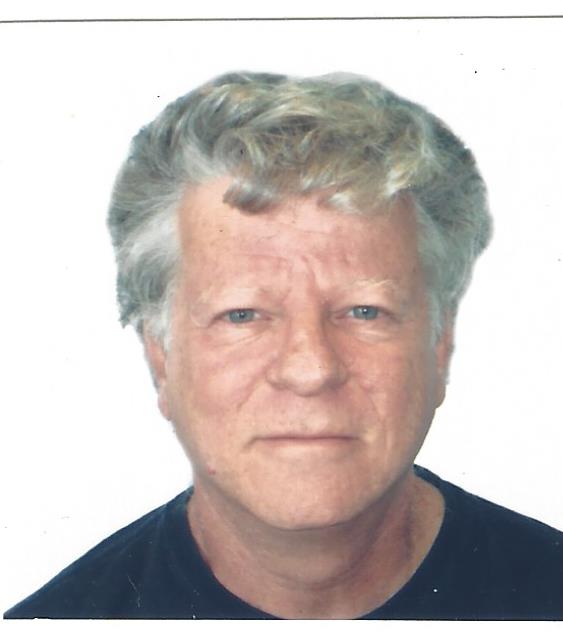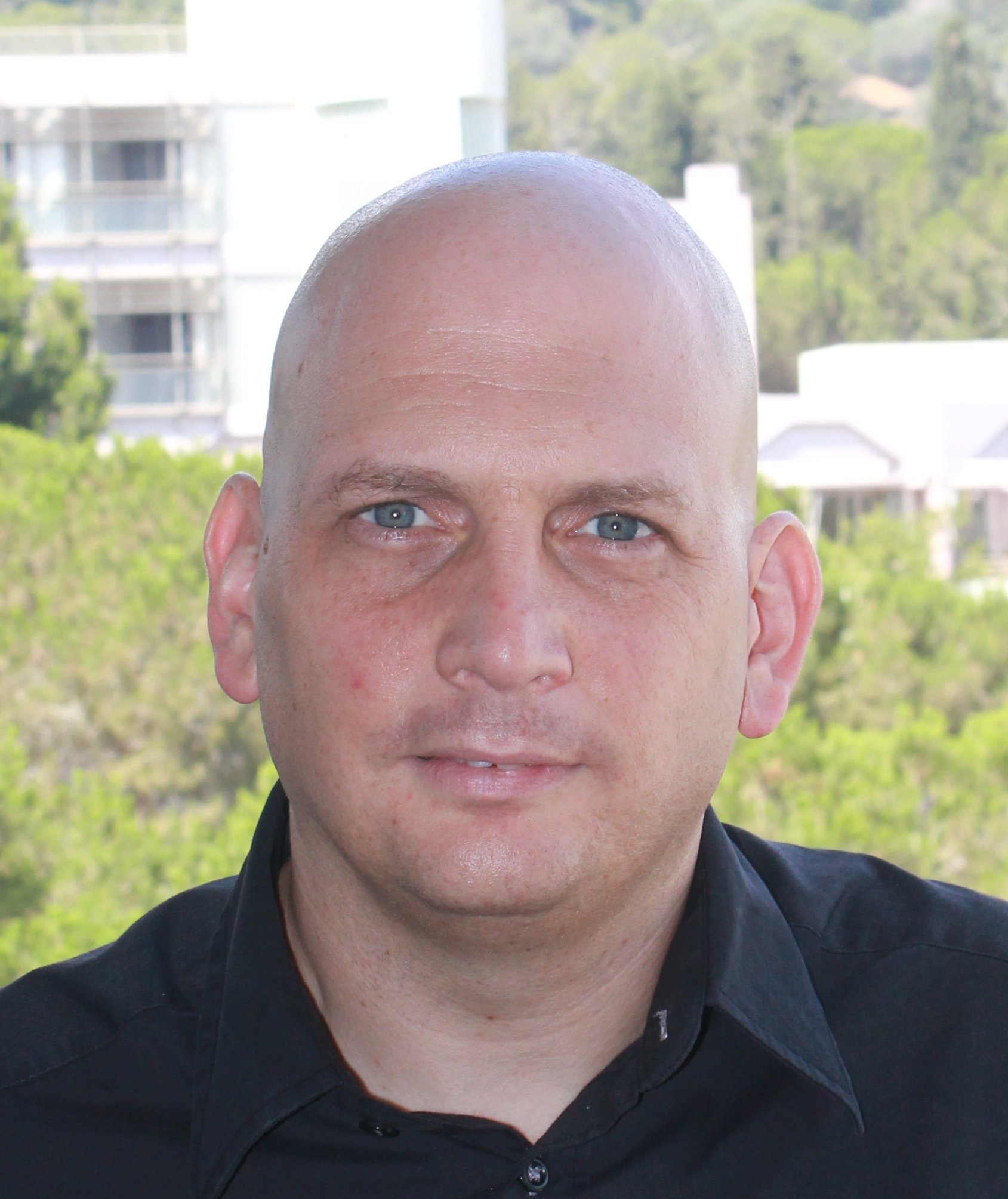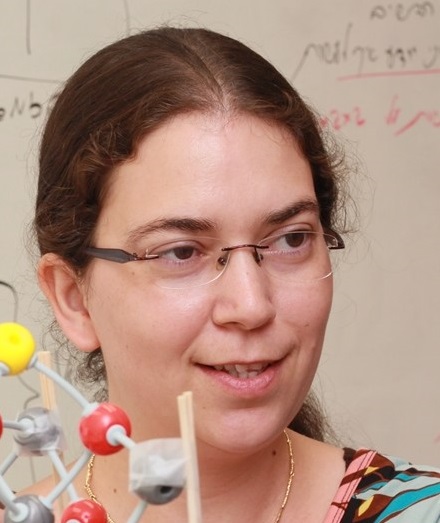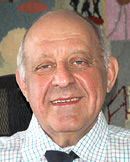






























Design of an AI tool able to attain a fuel mixture composition that possesses specific desirable combustion characteristics. Given a constrained chemical search space and a target function (e.g., ignition delay time), this tool will predict which fuel composition is optimal for the task. This tool will intelligently design a wide range of fuel systems efficiently, attaining experimentally-validated results, while at the same time reducing the amount of required experiments and resources.
This project focuses on attaining robust proton-exchange membranes (PEMs) for high-temperature fuel cells. The key challenge with today’s PEMs at high temperature oxidative environments is that they degrade too quickly, resulting in an unacceptably low operation time of the overall device. We generate detailed chemical kinetic models for the degradation of these materials, and use neural networks to predict new polymer structures with low degradation rates at these extreme operation conditions.
Power companies such as Southern California Edison (SCE) uses Demand Response (DR) contracts to incentivize consumers to reduce their power consumption during periods when demand forecast exceeds supply. We design mechanisms that take into consideration consumers’ heterogeneity in consumption profile and reliability, and increase participation at a lower cost.
This research aims at exploring the impacts of mixed-use and mixed-typology configurations on energy performance (i.e., supply, demand, and the balance between them) in the Israeli context. To do that – we are adopting a cross-use, cross-scale (from a room to a district), and a cross-climatic analytical approach (different climate zones and future climate), which is applied here on several local test cases. The methodology includes an optimization module that offers a set of spatial and usage combinations which supply a favorable energy starting point in the heterogeneous design of buildings and districts.
.
This project aims to advance the existing scientific knowledge on solar design by harnessing novel computational optimization methods. We explore a generative approach in which a combination of solar-driven metrics drives the form-finding process based on a multi-objective optimization process. The workflow is applied to a real district case study in Tel Aviv and yields a large set of spatial solar-driven building masses, rather than one solar envelope volume, which corresponds to the different trade-offs between the environmental performance metrics applied.
.
This project offers new insights into the nexus between urban form and environmental performance both at the local and global contexts. We develop and explore a new set of harmonized workflows, which by capitalizing on the benefits of advanced computational intelligence, open new possibilities in the pursuit of a sustainable urban form – going beyond energy considerations towards environmental quality and urban livability. As part of the project new simplified evaluation metrics are developed to be employed in multi-objective optimization studies of environmental performance at the urban scale.
The focus is on recognizing and analyzing the challenges that arise when autonomous agents with different capabilities need to interact and collaborate on unknown tasks, on providing methods for the automated design of these environments to promote collaboration, and on specifying guarantees regarding the quality of the design solutions produced by our suggested methods. This research combines data-driven approaches with symbolic AI techniques and involves both theoretical work and evaluations on multi-agent reinforcement learning settings and on multi robot systems.
Promoting multi-agent collaboration via dynamic markets of information and skills in which AI agents and robots trade their physical capabilities and their ability to acquire new information. The value of these traded commodities is dynamically computed based on the agents’ objectives, sensors and actuation capabilities as well as their ability to communicate with each other and ask for assistance. This framework maximizes performance and team resilience, without relying on a centralized controller.
Most current approaches to robotic planning separate the low-level planning of basic behaviors and the high-level search for a sequence of behaviors that will accomplish a task. However, in complex settings such as packing, personal assistance, and cooking, this dichotomous view becomes inefficient, especially in environments shared by multiple autonomous agents. We therefore offer new ways for integrating task-level considerations when planning the robot’s movement, and for propagating motion-planning considerations into task planning.
Understanding how to deal with model uncertainty is key for building resilient agents that can overcome environments that are unforeseen. My research group has studied for years different approaches that build robust agents that can cope with different types of uncertainties. Robustness means that policies are immune to changes in the environment leading to better real time performance. In a sequence of papers we developed robust reinforcement learning and planning algorithms including scaling up such algorithms, learning the uncertainty set online, adapting quickly to unknown uncertainties, and online adaptation. The main application areas here are energy and transport services.
We consider a reinforcement learning scheme for selecting how and what to transfer in 5G networks. The problem at hand is to decide which bit-rate to use and which channels would yield the best tradeoff in terms of power, performance, and cost. We employ multi-objective, multi-agent reinforcement learning to best decide how to transmit the data. In previous work, we proposed to use multi-armed bandit algorithms that ignore the current channel and agent state (see O. Avner and S. Mannor, Multi-User Communication Networks: A Coordinated Multi-Armed Bandit Approach, IEEE/ACM Transactions on Networking ( Volume: 27, Issue: 6, Dec. 2019), https://ieeexplore.ieee.org/document/8875003), but in this project we go further and consider the state of the transmission, the real time requirements, and the changing channel.
he aim of the project is to develop a new methodology for deciphering the human factor in illuminance-related building operation by taking advantage of recent developments in commercial building automation systems and the increasing prevalence of digital control systems for shading operation. The project involves the analysis of a large-scale dataset of long-term roller blinds operation in a multi-story office building in Tel Aviv, reflecting user preferences on indoor lighting conditions.
This project focuses on the design, analysis, development, and practical implementation of simple algorithms for solving the Wireless Sensor Network (WSN) Localization problems. In a recent paper, we solve the original non-convex and non-smooth formulation using first-order methods. We proposed a parameter-free algorithmic framework that includes the whole spectrum ranging from a fully centralized to a fully distributed implementation, and that it can also achieve partial parallelization.
Improvements in training speed are needed to develop the next generation of deep learning models. To perform such a massive amount of computation in a reasonable time, it is parallelized across multiple GPU cores. Perhaps the most popular parallelization method is to use a large batch of data in each iteration of SGD, so the gradient computation can be performed in parallel on multiple workers. We aim to enable massive parallelization without performance degradation, as commonly observed.
We aim to improve the resource efficiency of deep learning (e.g., energy, bandwidth) for training and inference. Our focus is decreasing the numerical precision of the neural network model is a simple and effective way to improve their resource efficiency. Nearly all recent deep learning related hardware relies heavily on lower precision math. The benefits are a reduction in the memory required to store the neural network, a reduction in chip area, and a drastic improvement in energy efficiency.
Significant research efforts are being invested in improving Deep Neural Networks (DNNs) via various modifications. However, such modifications often cause an unexplained degradation in the generalization performance DNNs to unseen data. Recent findings suggest that this degradation is caused by changes to the hidden algorithmic bias of the training algorithm and model. This bias determines which solution is selected from all solutions which fit the data. We aim to understand and control this algorithmic bias.
Information recorded by service systems (e.g., in the telecommunication, finance, and health sectors) during their operation provides an angle for operational process analysis, commonly referred to as process mining. Here we establish a queueing perspective in process mining to address the online delay prediction problem, which refers to the time that the execution of an activity for a running instance of a service process is delayed due to queueing effects. We develop predictors for waiting-times from event logs recorded by an information system during process execution. Based on large datasets from the telecommunications and financial sectors, our evaluation demonstrate accurate online predictions, which drastically improve over predictors neglecting the queueing perspective.